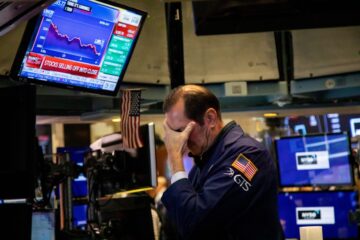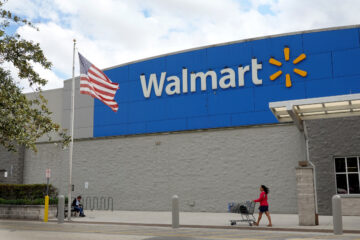Target beat its 2019 foot traffic during the 2021 holiday season, according to data from Reuters.
Target (TGT) – Get Target Corporation Report has made its stores a key part of its business model. The chain has revamped many of its locations, making them destinations by adding Starbucks (SBUX) – Get Starbucks Corporation Report locations in most of its stores and Walt Disney (DIS) – Get Walt Disney Company Report and Ulta Beauty (ULTA) – Get Ulta Beauty Inc Report in select locations.
The chain has also reengineered its stores based on the markets they operate in. An urban store, for example, that gets walk-in traffic might have snacks or pick-up items at the front, while a suburban store would have an entirely different layout.
It’s a strategy that, along with betting heavily on curbside pickup and same-day delivery via Shipt, has made Target a unique omnichannel business focused around its stores.
It’s a strategy that’s working as foot traffic at Target beat the numbers the company delivered in 2019, the year before the pandemic, according to Reuters data measuring shopper visits from Nov. 1 to Dec. 25.
That’s a very strong result for Target because both Walmart (WMT) – Get Walmart Inc. Report and Best Buy (BBY) – Get Best Buy Co., Inc. Report saw traffic come in lower than their 2019 numbers, the report found.
Target Has Focused On Its Stores
In addition to Ulta, Starbucks and Disney, Target also has added Apple (AAPL) – Get Apple Inc. Report locations in a small number of its stores and has localized liquor stores with locally-produced beer in select locations as well.
The chain has also developed dozens of small-format stores which has allowed it to open in more densely-populated areas and near college campuses.
Traffic was up 6.2% over the holiday period at Target compared to 2019, according to the data which was compiled by Placer.ai, a research firm that collects anonymized location data from 30 million mobile devices across the country.
Walmart saw a slight (0.1%) drop in foot traffic, while Best Buy saw 11.5% fewer in-store visitors.
None of these retailers have reported their holiday sales results. Refinitiv I/B/E/S, however, forecasts that Target’s sales will “rise by more than a third versus 2019, while Walmart’s revenue is forecast to rise by about 7% and Best Buy sales are expected to rise by about 10%,” Reuters reported.
Holidays Sales Are Up Overall
Early forecasts suggested that holiday sales would rise significantly and that appears to be what played out. Holiday sales look to be up 8.5% overall, according to data from Mastercard’s SpendingPulse.
The National Retail Federation (NRF) forecast that holiday sales during November and December would grow between 8.5% and 10.5% over 2020 to between $843.4 billion and $859 billion.
The numbers, which exclude automobile dealers, gasoline stations and restaurants, “compare with a previous high of 8.2% in 2020 to $777.3 billion and an average increase of 4.4 percent over the past five years.”
Target’s in-store traffic numbers are even more impressive when you consider the ongoing impact of the pandemic and general sales trends.
“NRF expects that online and other non-store sales, which are included in the total, will increase between 11 percent and 15 percent to a total of between $218.3 billion and $226.2 billion driven by online purchases. In comparison, that number is up from $196.7 billion in 2020,” according to its holiday forecast.
Those numbers may prove to be low given the ebbs and flows of the pandemic, which suggests that Target has succeeded in making its stores destinations.


